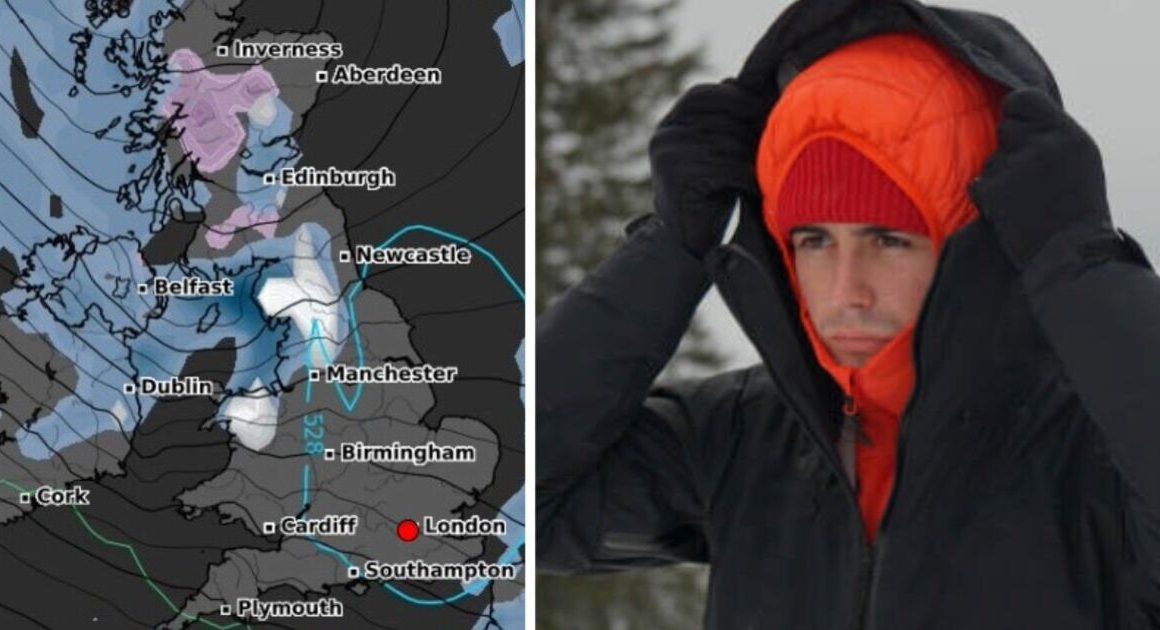Two years ago in Montreal, nearly 200 countries signed a landmark agreement to reverse the loss of nature by the end of the decade and raise $700 billion a year to achieve that goal.
Over the next two weeks in Cali, Colombia, delegates will meet at the COP16 United Nations biodiversity conference to check in on their progress — and advocates are hoping to see them make good on their promises.
The gathering, which begins on Monday and runs until Nov. 1, is viewed as a crucial check-in on efforts to save the Earth’s animal and plant life. Here’s a breakdown of how that’s been going and what’s next.
What’s at stake
The threat to the world’s plants and animals is well documented and growing ever more urgent.
Up to one million species are threatened with extinction, many within decades, according to a landmark 2019 United Nations report.
More than half a million species on land “have insufficient habitat for long-term survival” and are likely to go extinct unless their habitats are protected and restored. Oceans are also not faring well.
Migratory species, including many birds and fish, are particularly vulnerable to habitat loss, said another UN report released this year.
A new United Nations report says that almost half of the world’s migratory animals are in decline and that many birds and fish are at risk of extinction.
Under the agreement, known as the Kunming-Montreal Global Biodiversity Framework, countries agreed to protect 30 per cent of land and water by 2030, known as “30 by 30.”
When the agreement was signed, 17 per cent of terrestrial and 10 per cent of marine areas were protected — and those levels have not changed significantly.
Most countries lagging
In Montreal, nearly every country in the world committed to a framework that would “halt and reverse” biodiversity loss by 2030. As part of the deal, countries pledged to release new national plans for how they will achieve a range of goals and targets.
But as of last week, only 15 per cent of countries, including Canada, have submitted those plans, according to an analysis by the climate news site Carbon Brief.
Justina Ray, president and senior scientist of Wildlife Conservation Society Canada, said given the complexity of the 2022 agreement, the holdup isn’t “entirely surprising,” and she’s hopeful more countries will soon present their plans.
“It’s discouraging overall in some ways, but mainly because we are already behind on this,” she said in an interview.
Where’s the money?
As part of the Montreal agreement, rich countries committed to providing developing countries with $20 billion starting next year and gradually scaling that up to $30 billion by 2030.
The Organization for Economic Co-operation and Development reported in September that money for developing countries has increased substantially, but the world was still 23 per cent short of the $20-billion goal.
Ray said funding will be critical to making it possible for developing countries to protect their land and water.
“On all of these conventions — on climate, biodiversity — finance is front and centre every time,” she said.
What Canada is doing
Canada announced its own strategy this past summer, along with a bill that would put it into law.
That legislation has yet to be passed into law, and some advocates argue the bill doesn’t go far enough in establishing national targets to protect land and the ocean.

“While Canada’s 2030 nature strategy is a welcome step, it is unclear whether it will be enough to halt, let alone reverse, nature loss,” Anna Johnston, a staff lawyer at West Coast Environmental Law in Vancouver, wrote in a blog post ahead of the meeting.
“Also, we still don’t have a plan for implementing it.”
Canada is home to 20 per cent of the world’s total freshwater, 25 per cent of its wetlands and nearly 25 per cent of its boreal forests, according to the strategy.
With the world’s longest coastline, it is also home to one of the world’s largest marine territories.












